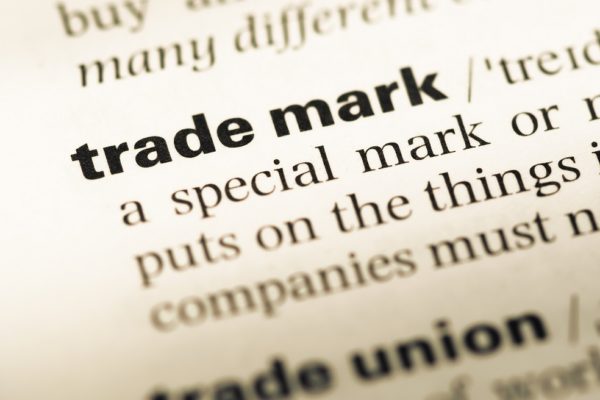A Christmas present from Briffa – 5 top tips for the perfect brand name
Written by William Miles | December 22, 2016
 A Christmas present from Briffa – 5 top tips for the perfect brand name.
A Christmas present from Briffa – 5 top tips for the perfect brand name.
Choosing the ideal brand name is no mean feat. For it to be truly valuable to your business, it needs to be registered as a trade mark, but this is easier said than done. Here are our 5 top tips for brand selection:
Don’t be descriptive
The main temptation when choosing a brand name is to simply describe what you’re selling. Obviously from a marketing perspective this makes a lot of sense but it won’t get you a trade mark, as marks which are considered to be too descriptive will not be registered. For example, the mark HIGH HEELS, which has been applied for in relation to footwear, is unworkable as the UK Intellectual Property Office can’t allow a brand owner a monopoly on the high heel market with a trade mark registration. However, marks like PRADA, JIMMY CHOO and LK BENNETT do not describe the goods that they’re selling and are therefore far better choices for a brand name.
2. Keep it distinctive
This is a slightly harder concept to explain. A highly distinctive mark would be 12SJHFN7, essentially a random selection of numbers and letters but not like anything you have heard before. Conversely, staying with our footwear example, FUN FEET would not be distinctive. It may not be descriptive, in the sense that the shoes are not actually “feet” but it certainly isn’t distinctive, in this sense that both words are common in English and are likely to be frequently used in relation to footwear. As with descriptiveness, it would not be fair to award a non-distinctive trade mark to a brand owner as it would limit the rights of everyone else and give the trade mark owner an unfair monopoly on words which should be accessible to all. On that basis, non-distinctive marks will not be registered unless they have been used to such a wide extent that they have acquired distinctiveness (think GO COMPARE or WE BUY ANY CAR).
3. Classify carefully
Once you have chosen your trade mark you need to think about which classes to designate. There are 45 different classes in all and they allow trade mark owners to register trade marks which might be similar to one another without there being a conflict – for example, PENGUIN for publishing, PENGUIN for chocolate and PENGUIN for clothes. All owned by different brands and registered in relation to completely different classes. The 45 classes cover all goods and services, from fashion to finance and manufacturing to moccasins. Footwear is covered by class 25 but a brand owner may also wish to designate classes such as class 35 (retail services) or class 18 (leather goods). Before making an application, you need to make sure that all of the correct classes are covered, if you miss any out, you’ll need to file a whole new trade mark application (incurring further fees). The reason why you shouldn’t cover all of the 45 classes in one application is because a trade mark must be used in relation to its designated classes in order to maintain its validity. You have five years to use your trade mark once registered and, after that time, it will be vulnerable to a non-use cancellation application from a third party (normally someone who wants to register a similar mark). So, make sure the correct classes are covered and think about your plan for the next five years before you make your application.
4. Conduct a clearance search
Once you know what you’re planning to register and which classes to cover, you need to conduct a trade mark clearance search. This is a search for registered trade marks which might be similar or identical to your proposed application. If a similar or identical trade mark in relation to similar or identical classes already exists, your application is likely struggle. If however the register is clear, you can make your application with a bit of confidence. The clearance search is best conducted by a solicitor but most trade mark registers are accessible to all. To check for UK and EU trade marks you can conduct a search with the UK Intellectual Property Office. When searching it’s important to look at both the classification and the trade mark itself for potential opponents. Marks do not need to be identical to block your application and the “likelihood of confusion” is often the key deciding factor.
5. If you find a conflict, adapt and amend
Searching when you haven’t committed to a trade mark allows you to make changes to your proposed application before it has been filed. For example, changing from a word mark to a logo mark might move you away from a potential conflict and differentiate your application from an existing registration. Similarly, changing the wording of your classification to something more specific might show the owner of an industrial clothing brand that your loafers (both in class 25) are never likely to be sold by the same retailer.
Hopefully the above will help you to find the perfect brand name and, when you do, Briffa would be happy to guide you through the application process.
Happy Christmas!
By William Miles

